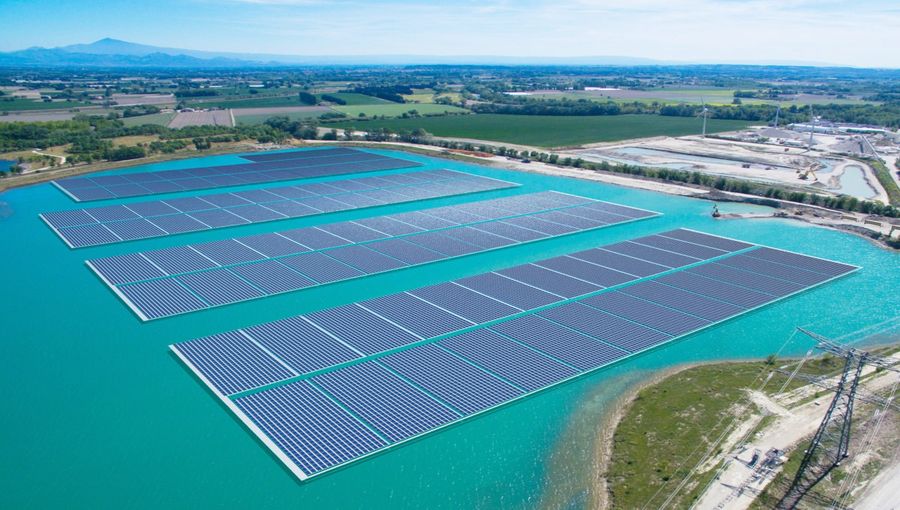Floating solar photovoltaic (FPV) systems are emerging as a promising renewable energy technology, offering higher energy yields and efficiency improvements of 0.6% to 4.4% and 0.1% to 4.45%, respectively, compared to traditional land-based photovoltaic (LPV) systems. This comprehensive review highlights the natural cooling effect of water, which reduces panel temperatures by 2–11%, enhancing performance, and the ability to minimize land use and reduce water evaporation by up to 28%. The technology, pioneered in Japan in 2007, has seen rapid global adoption, with installed capacity growing from 100 MW in 2016 to over 3 GW in 2021, and a projected growth rate of 22.5% by 2030. However, challenges such as complex design, installation, and maintenance in water-based environments require interdisciplinary efforts to optimize FPV systems.
The review details the structural and installation aspects of FPV systems, which involve PV panels mounted on floating structures made from materials like high-density polyethylene (HDPE) or hydro-elastic membranes, anchored for stability. Five structural types are identified, ranging from pontoon-based rafts to flexible thin-film modules, each requiring careful consideration of meteorological and geological conditions to ensure suitability. Key factors influencing performance include the tilt angle, array size, and solar panel type, with studies indicating that poly-crystalline panels may be more economically viable in certain regions. The integration of FPV with hydropower reservoirs and marine environments is highlighted as a transformative opportunity, potentially matching the capacity of fossil fuel plants while leveraging existing infrastructure.
Performance analyses from various global studies demonstrate FPV’s superior energy output, with specific experiments showing 0.6% to 43.5% higher yields than LPV systems, attributed to lower operating temperatures (2–10°C reduction). Future advancements should focus on improved floating structure designs, robust instrumentation, wireless monitoring, and technologies like tracking systems, bi-facial panels, and artificial intelligence for grid integration. Despite its potential, FPV faces hurdles such as safety concerns, electricity-water interaction risks, standardization issues, and policy barriers. Addressing these challenges through continued research and innovation is crucial to fully realizing FPV’s role in sustainable energy production.

